

Max Davies
2026 Toyota HiAce review
5 Hours Ago
Plenty of time is spent talking about how fast electric vehicles can accelerate. But how quickly your EV runs from flat to full is arguably more important.

Contributor
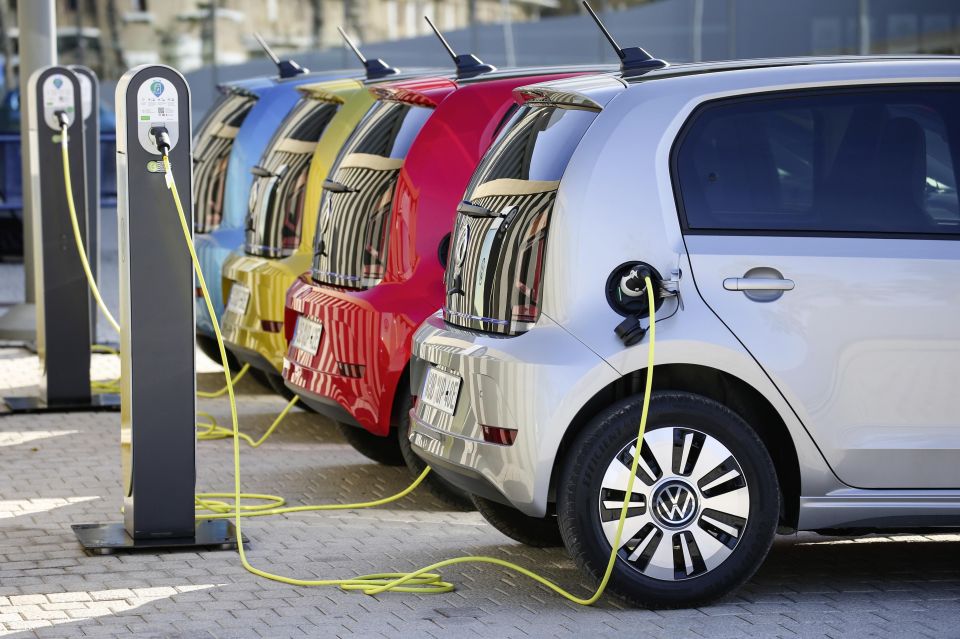

Contributor
A diverse fleet of electric vehicles is starting to roll out in Australia, from the (relatively) affordable Hyundai Ioniq to the Porsche Taycan Turbo S, with its eye-popping performance and price tag.
Aside from the way they drive, one of the considerations with these vehicles is how quickly they can recharge. Most EV owners don’t focus on charge times, but it’s a useful reference point when comparing new EVs.
There are different types of charging:
How fast you can charge at home will depend on one main factor: whether you’re plugged into a regular three-pin socket or using a more powerful wall box that generally requires its own circuit.
Meanwhile, how quickly you’re able to recharge on public infrastructure depends on two things: how fast the charger itself can supply current, and how quickly your car can receive it.
Here are the figures for every electric vehicle on sale in Australia today – how fast they can be charged at home or using public infrastructure, how much energy their batteries can hold, and how their battery temperature is managed.
Scroll to the base of the story for a table with every car’s charge speeds.
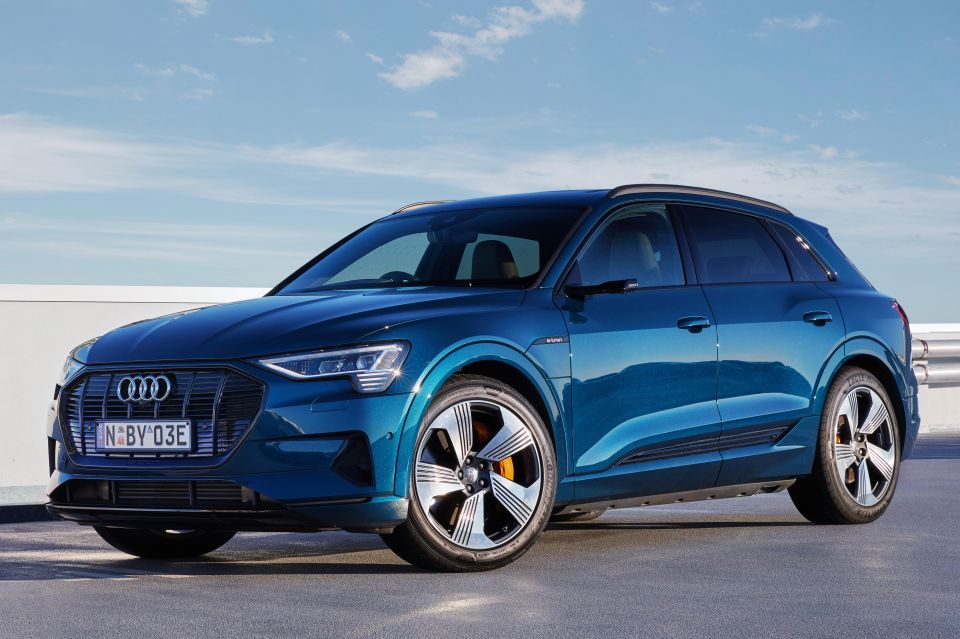
Home charging: Audi furnishes the E-Tron Quattro with an 11kW home charger in Australia.
You don’t need to fit a wall box to charge at that rate – the 11kW charger is portable, although Audi says it can be wall-mounted or hung so owners don’t need to store it in their garage.
That maximum charge speed is only available to homes with three-phase power. If you don’t have three-phase, it will charge at 7.4kW (27km/h) when hooked up to 32A power and 3.4kW (13km/h) on 16A power.
Audi will set owners up with JET Charge to have the right kind of hardware installed before their vehicle is delivered.
Plugged into a home charger operating at maximum speed, a full charge for the E-Tron 50 Quattro and its 71kWh battery will take a claimed six hours (40km/h), while the 95kWh battery in the E-Tron 55 Quattro takes 8.5 hours.
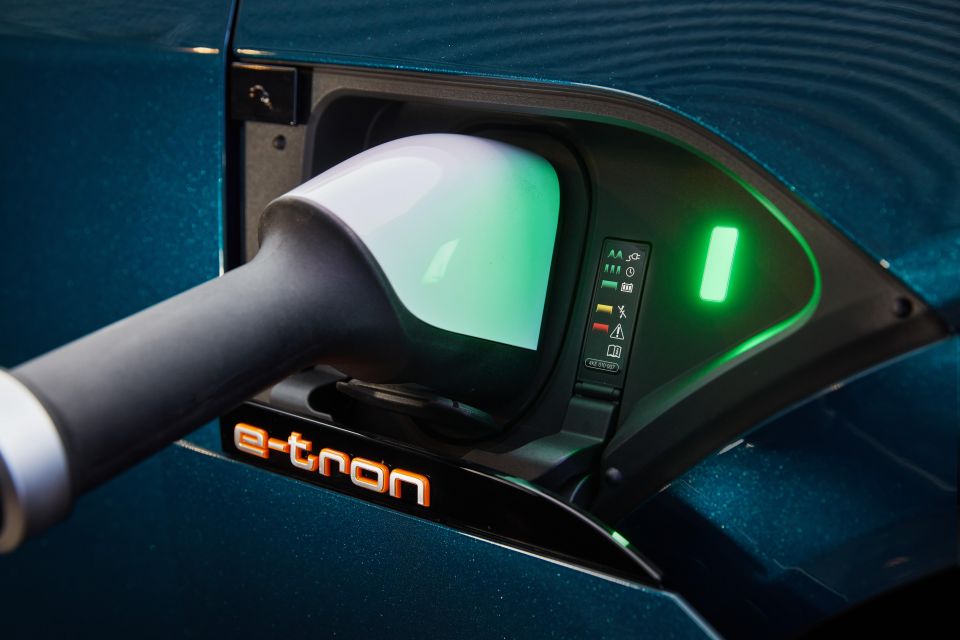
Fast charging: The claimed maximum charge rate for the Audi E-Tron 50 is 120kW when plugged into a DC ultra-rapid charger, or 150kW in the case of the 55 Quattro.
Audi says the more expensive 55 Quattro will gain 110km of range in 10 minutes, 220km in 20 minutes, and 330km in 30 minutes when connected to a 150kW charger. A full charge – from empty to 100 per cent – will take 45 minutes.
According to the German carmaker, the fact its headline 150kW figure isn’t the fastest in the industry doesn’t mean its battery charges more slowly…
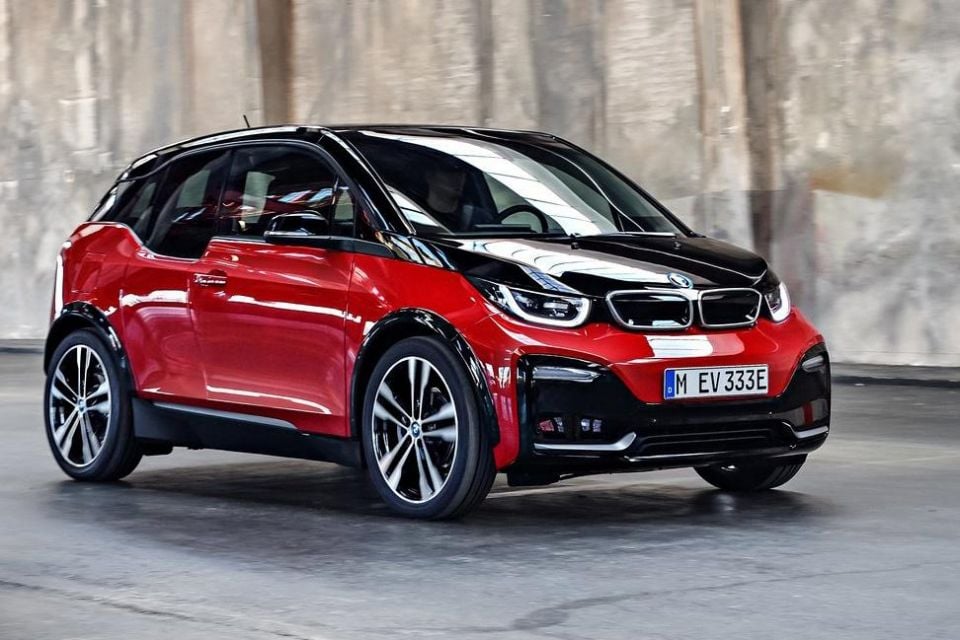
Home charging: The BMW i3 is capable of 11kW (54km/h) home charging with a wall box when plugged into a home with three-phase power. Operating at its full speed, the 42.2kWh lithium-ion battery in i3 S can be charged at home in four hours and 15 minutes .
However if your house isn’t geared up for three-phase power, even with a wall box your maximum charge speed is 7.4kW (37km/h) with 32A power or 3.7kW (19km/h) with 16A power. The former is good for a six hour and 15 minute recharge.
Plugged into a regular wall socket with the onboard charge cable, the maximum charge rate is just 2.3kW (12km/h), which means you’ll be waiting 12 hours and 15 minutes for a full charge.
Fast charging: Plugged into a DC fast charger, the BMW i3 S has a maximum charge rate of 49kW. A charge from empty to 80 per cent will take 36 minutes at maximum speed.
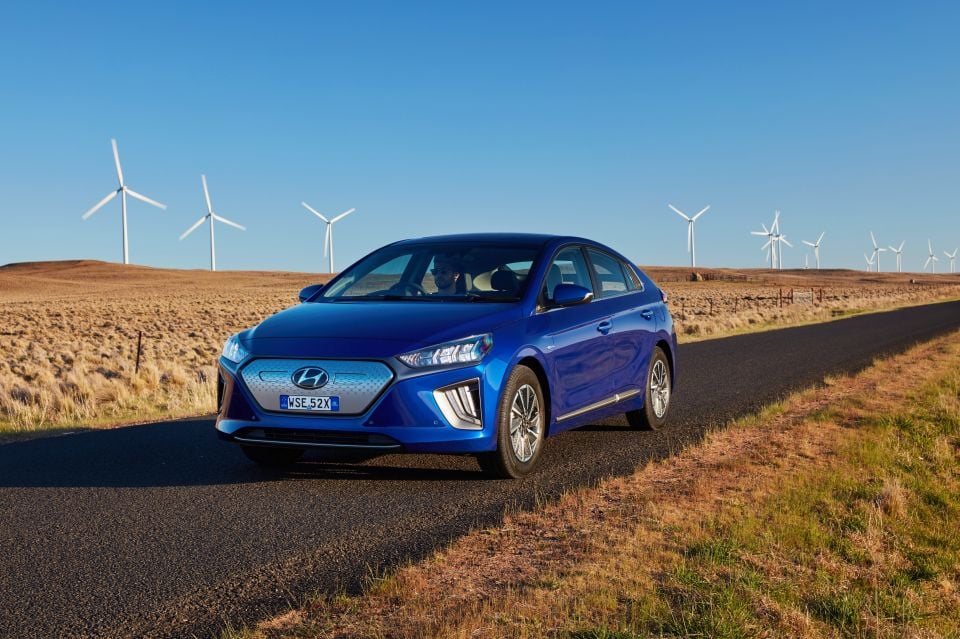
Home charging: The maximum charge speed for the Hyundai Ioniq Electric plugged into an AC wall box is 7.2kW (40km/h), which will fill the 38.2kWh battery pack in five hours and 18 minutes.
If you have 16A power, the maximum charge speed is 3.7kW (20km/h). The maximum charge speeds don’t change for homes with three-phase power.
Plugged into a regular three-pin wall socket, the battery will charge at 2.3kW (13km/h) and take 16 hours and 40 minutes to recharge.
Fast charging: After a recent facelift, the Ioniq can handle 100kW DC fast charging, which will get you an 80 per cent charge in 54 minutes when operating at full speed.
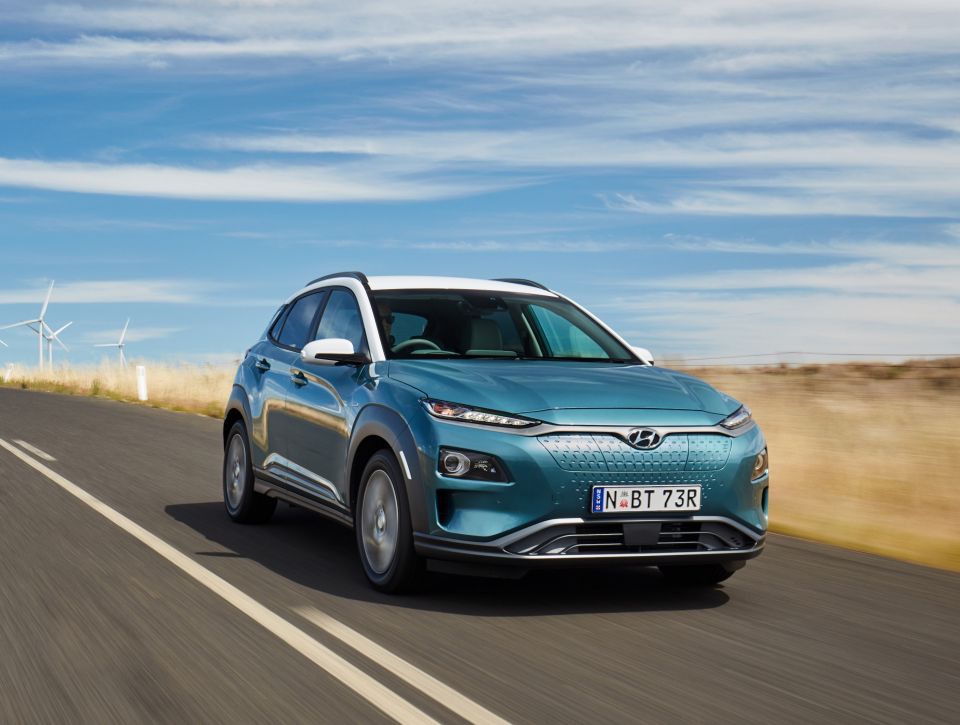
Home charging: The maximum charge speed for the Hyundai Kona Electric plugged into an AC wall box is 7.4kW (39km/h) at homes with single-phase/16A power, which will fill the 64kWh battery pack in eight hours and 55 minutes. On 12A power the maximum rate drops to 3.7kW (20km/h).
With three-phase power, the car can be charged at 11kW (57km/h).
Plugged into a regular 2.3kW three-pin wall socket, the battery will take 27 hours and 50 minutes to recharge (12km/h).
Fast charging: The battery in the Kona Electric can handle 100kW DC fast charging, which will get you an 80 per cent charge in 54 minutes when operating at full speed. A 100 per cent charge takes around 75 minutes.
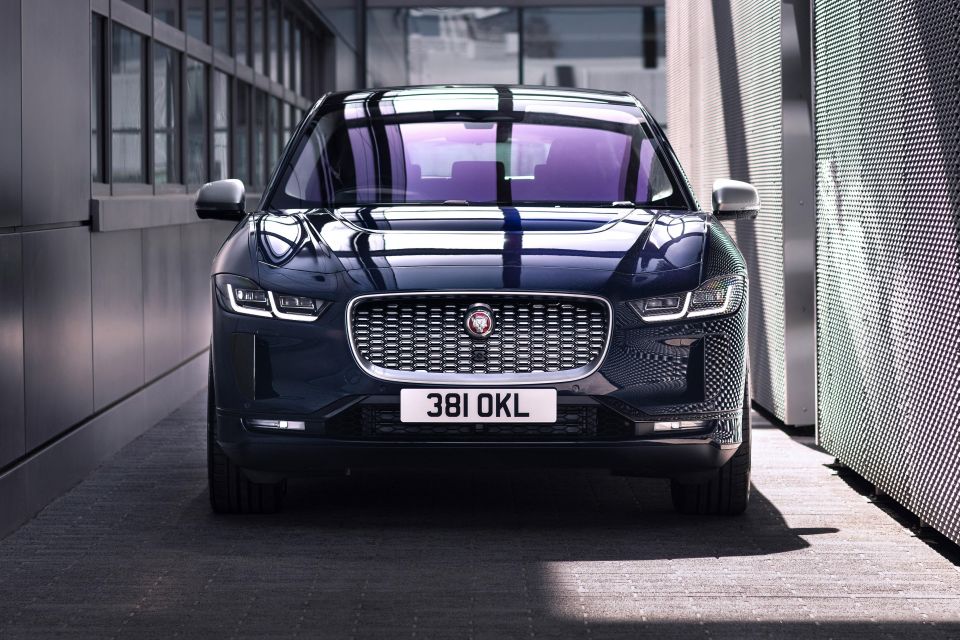
Home charging: A recent update has improved the charge speed for the I-Pace, which now supports three-phase charging.
11kW (39km/h) charging has been enabled, meaning owners with a wall box at home can now charge from empty to full in 8.6 hours, while a single-phase 7kW (27km/h) wall box will give you a full battery in 12 hours and 45 minutes.
If you have single-phase/16A power the car will charge at 3.7kW (14km/h).
Fast charging: The car’s 90kWh lithium-ion battery can charge at up to 104kW (340km/h) using a CCS Combo Type 2 charge plug, good for an 80 per cent charge in 45 minutes.
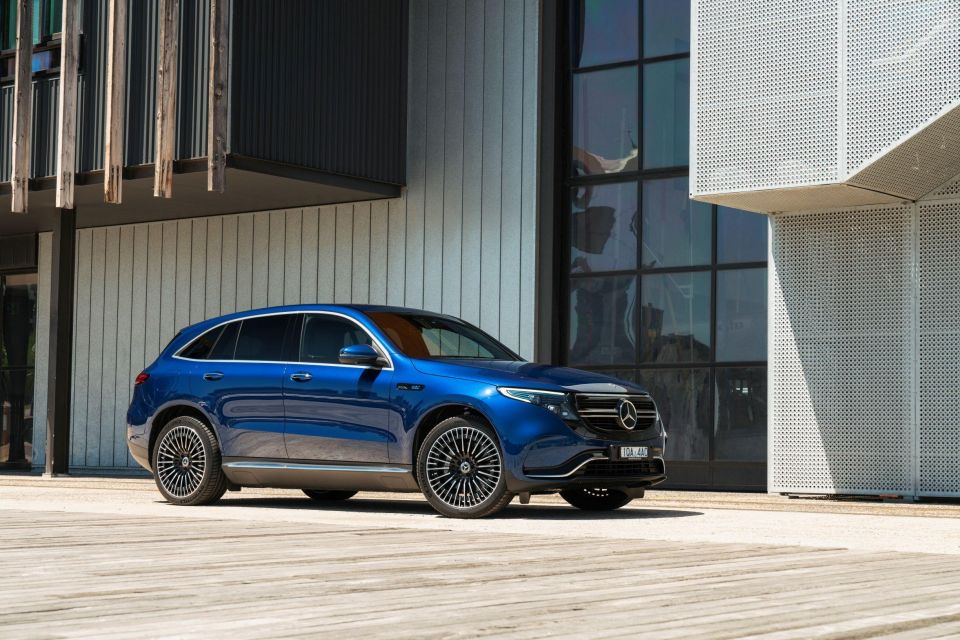
Home charging: Mercedes-Benz offers a 7.4kW (29km/h) AC wall box capable of charging the EQC in a claimed 12 hours and 13 minutes with 32A power. With 16A power the car can charge at 3.7kW (15km/h).
With three-phase power, the EQC can be charged at 11kW (42km/h). A full charge takes eight hours and 45 minutes.
Hooked up to a three-pin wall socket, the EQC will take 46 hours and 40 minutes to charge from empty to full.
Fast charging: The EQC is capable of charging at 112kW (440km/h) when plugged into a DC fast charger. A full charge takes a claimed hour and 22 minutes.
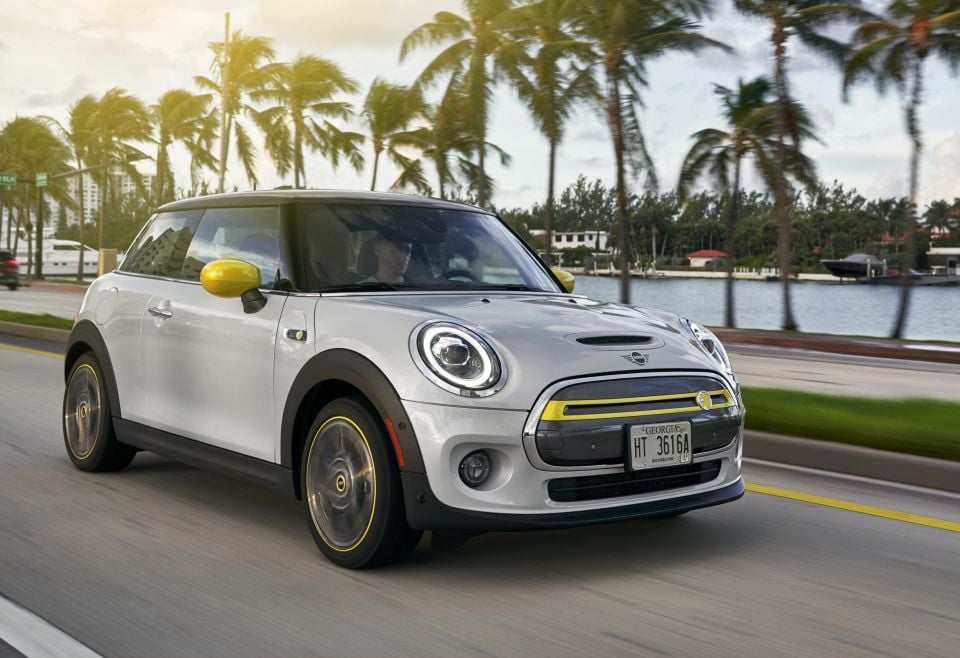
Home charging: The Mini Electric supports 11kW (57km/h) home charging on three-phase power, good for a charge time of three hours and 15 minutes.
Plugged into a 7.4kW (39km/h) wall box on single-phase/32A power, it will charge to 100 per cent in four and a half hours. If you have 16A power, peak charge speed is 3.7kW (20km/h).
A regular three-pin home connection will have you plugged in for in excess of 11 hours.
Fast charging: The 32.6 kWh lithium-ion battery pack in the Mini Electric can be charged to 80 per cent using a DC fast charger, with a maximum charge speed of 50kW (260km/h).
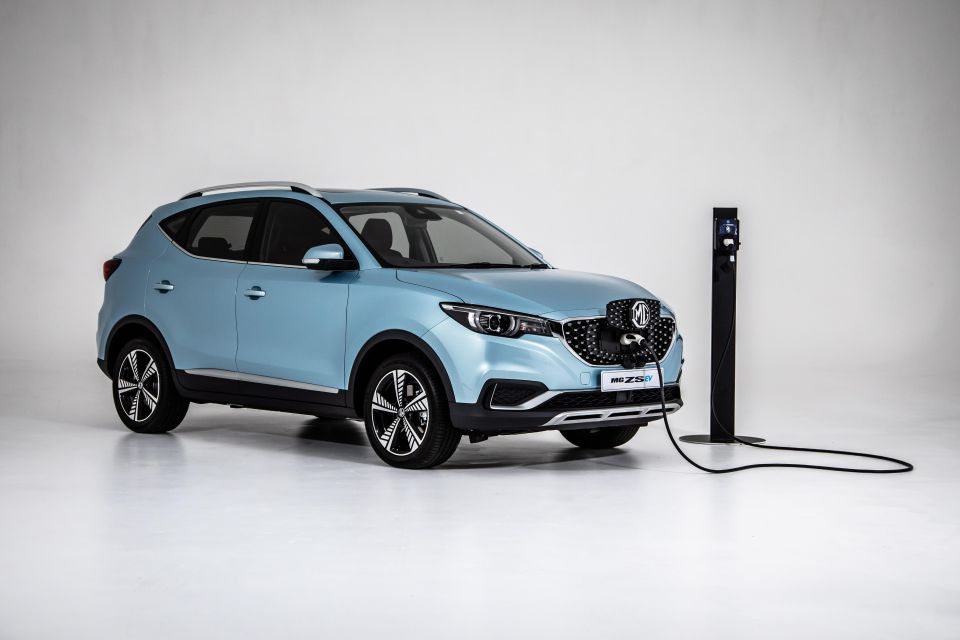
Home charging: Australia’s cheapest electric vehicle, the new MG ZS EV can be charged at 6.6kW (28km/h) using a home wall box in seven hours.
Plugged into a conventional wall socket it will charge at 2.3kW (10km/h), and on single-phase/16A power it will run at 3.7kW (16km/h).
Fast charging: The 44.5kWh lithium-ion battery pack in the ZS EV can be charged at 50kW (220km/h) using public DC fast chargers. It takes 45 minutes to reach an 80 per cent charge from empty.
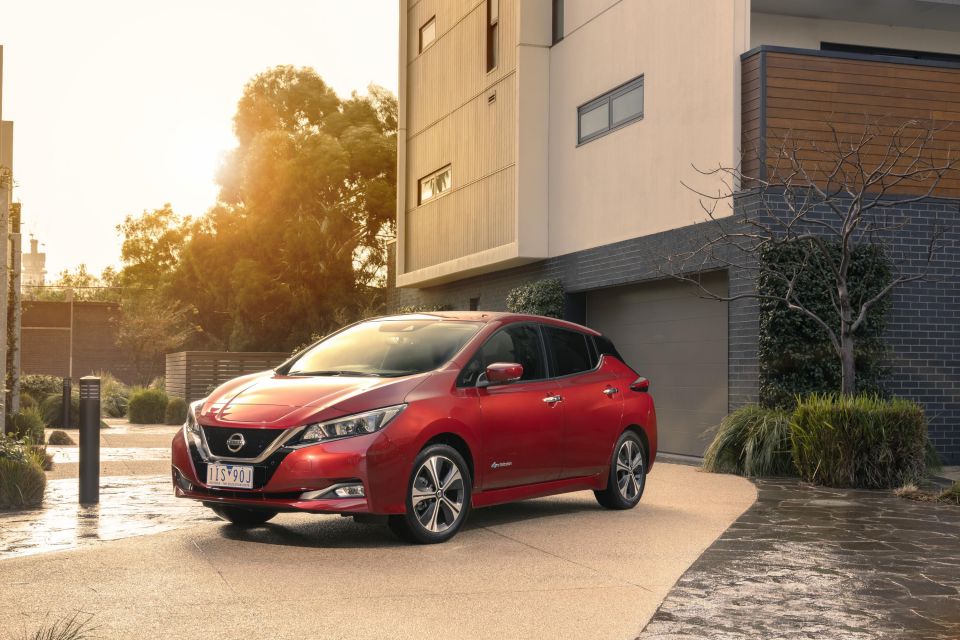
Home charging: The Leaf can be refilled at 6.6kW (34km/h) plugged into a home wall box hooked up to single-phase/32A power, for a 7.5 hour charge time.
On single-phase and 16A power it can be recharged at 3.7kW (19km/h).
It takes 24 hours to charge from empty using a conventional three-pin wall socket, charging at 2.3kW (12km/h).
Fast charging: A peak charge speed of 50kW (230km/h) will see an empty Nissan Leaf charge to 80 per cent in 45 minutes.

Home charging: The Taycan is capable of a maximum 22kW (86km/h) AC charging when plugged into a three-phase wall box and 32A power.
With a wall box and three-phase/16A power it can charge at 11kW (43km/h).
Connected to a 7.4kW (29km/h) charger, the larger battery option in the Taycan will be filled in 12 hours and 30 minutes. Hooked up to single-phase/16A power, it can charge at 3.7kW (14km/h)
Plug into an 11kW wall box and it will charge in eight hours and 10 minutes, and a 22kW wall box will have you on the road in four hours and five minutes.
Connected to a regular three-pin wall socket, the Taycan will be fully charged in 39 hours and seven minutes (9km/h).
Fast charging: The Taycan is quick in a straight line, and it’s quick when plugged into a DC charger.
Hooked up to an ultra-rapid public plug it’s capable of 270kW (800km/h) fast charging, while less advanced DC fast chargers can recharge the car at 150kW.
The larger available battery in the Taycan can be recharged to 80 per cent in just over 20 minutes on an ultra-rapid charger, while a 150kW charger will get you to 80 per cent in 36 minutes.
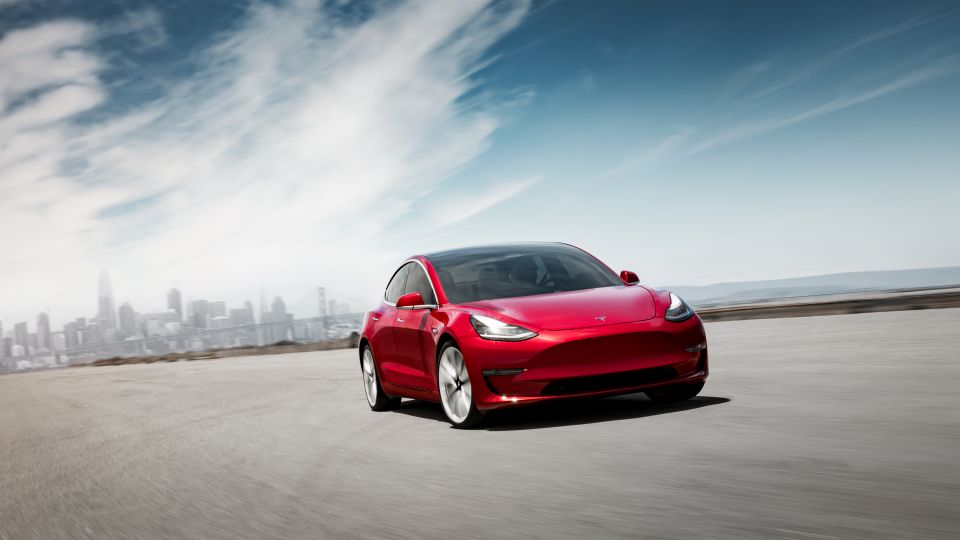
Home charging: The Tesla Model 3 is capable of charging at 11kW when plugged into a three-phase wall box, for a full charge in six hours and 40 minutes.
A single-phase 7.2kW wall box will have the car charged in 10 hours and 30 minutes, while a three-pin plug is good for a charge in 32 hours and 36 minutes.
Fast charging: The Model 3 is capable of charging at 250kW for brief periods of time when connected to Tesla’s latest Supercharger DC fast chargers.
However, not all Tesla Supercharger stations have the latest V3 chargers capable of 250kW charging. Most V2 charge stations can charge instead at 150kW.
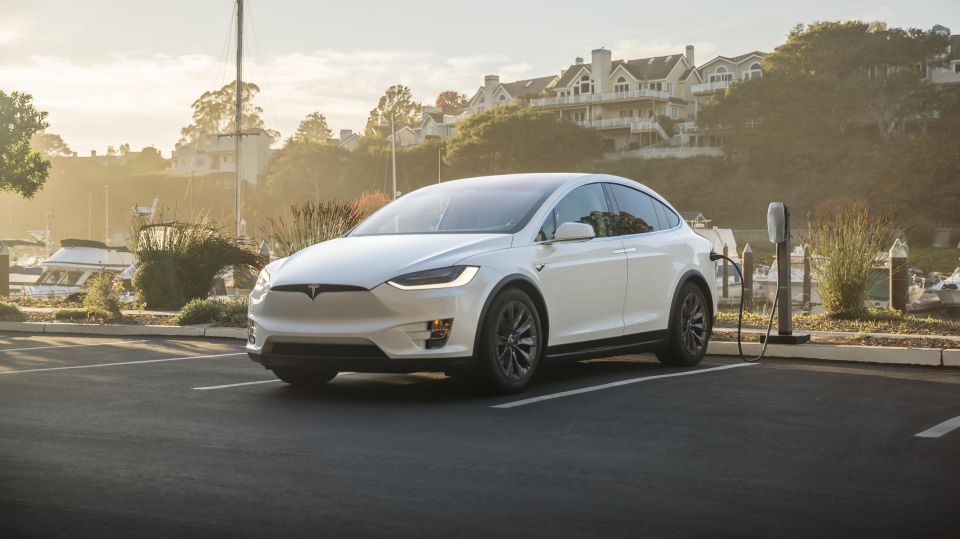
Home charging: The Tesla Model S is capable of charging at 11kW (53km/h) when plugged into a three-phase wall box on 16A power, for a full charge in nine hours and five minutes. Upping that to 32A power improves charge speed to 17kW (77km/h)
A single-phase 7.4kW (35km/h) wall box will have the car charged in 13 hours and 53 minutes, while a three-pin plug is good for a charge in 43 hours and 53 minutes.
Fast charging: Plugged into a V3 supercharger, the Model S can draw power at up to 250kW (660km/h) for brief periods of time. A V2 Supercharger can charge at 150kW.
Numbers from EV-Database.org
| 10A wall plug | 1 phase/16A | 1 phase/32A | 3 phase/16A | 3 phase/32A | DC | |
|---|---|---|---|---|---|---|
| Audi E-Tron Quattro | 2.3kW (8km/h) | 3.7kW (13km/h) | 7.4kW (27km/h) | 11kW (40km/h) | 11kW (40km/h) | 120kW (470km/h) |
| BMW i3 S | 2.3kW (12km/h) | 3.7kW (19km/h) | 7.4kW (37km/h) | 11kW (54km/h) | 11kW (54km/h) | 49kW (260km/h) |
| Hyundai Ioniq | 2.3kW (13km/h) | 3.7kW (20km/h) | 7.2kW (40km/h) | 3.7kW (20km/h) | 7.2kW (40km/h) | 100kW |
| Hyundai Kona EV | 2.3kW (12km/h) | 3.7kW (20km/h) | 7.4kW (39km/h) | 11kW (57km/h) | 11kW (57km/h) | 100kW |
| Jaguar I-Pace | 2.3kW (8km/h) | 3.7kW (14km/h) | 7.4kW (27km/h) | 11kW (39km/h) | 11kW (39km/h) | 104kW (340km/h) |
| Mercedes-Benz EQC | 2.3kW (9km/h) | 3.7kW (15km/h) | 7.4kW (29km/h) | 11kW (42km/h) | 11kW (42km/h) | 112kW (440km/h) |
| Mini Electric | 2.3kW (12km/h) | 3.7kW (20km/h) | 7.4kW (39km/h) | 11kW (57km/h) | 11kW (57km/h) | 49kW (260km/h) |
| MG ZS EV | 2.3kW (10km/h) | 3.7kW (16km/h) | 6.6kW (28km/h) | 3.7kW (16km/h) | 6.6kW (28km/h) | 50kW (220km/h) |
| Nissan Leaf | 2.3kW (12km/h) | 3.7kW (19km/h) | 6.6kW (34km/h) | 3.7kW (19km/h) | 6.6kW (34km/h) | 50kW (230km/h) |
| Porsche Taycan | 2.3kW (9km/h) | 3.7kW (14km/h) | 7.4kW (29km/h) | 11kW (43km/h) | 270kW (86km/h) | 220kW (800km/h) |
| Tesla Model 3 | 2.3kW (13km/h) | 3.7kW (21km/h) | 7.4kW (41km/h) | 11kW (61km/h) | 11kW (61km/h) | 190kW (560km/h) |
| Tesla Model S/X | 2.3kW (11km/h) | 3.7kW (18km/h) | 7.4kW (35km/h) | 11kW (53km/h) | 17kW (77km/h) | 250kW (660km/h) |
Scott Collie is an automotive journalist based in Melbourne, Australia. Scott studied journalism at RMIT University and, after a lifelong obsession with everything automotive, started covering the car industry shortly afterwards. He has a passion for travel, and is an avid Melbourne Demons supporter.


Max Davies
5 Hours Ago


William Stopford
21 Hours Ago


Ben Zachariah
22 Hours Ago


Derek Fung
22 Hours Ago


Matt Campbell
1 Day Ago


William Stopford
2 Days Ago